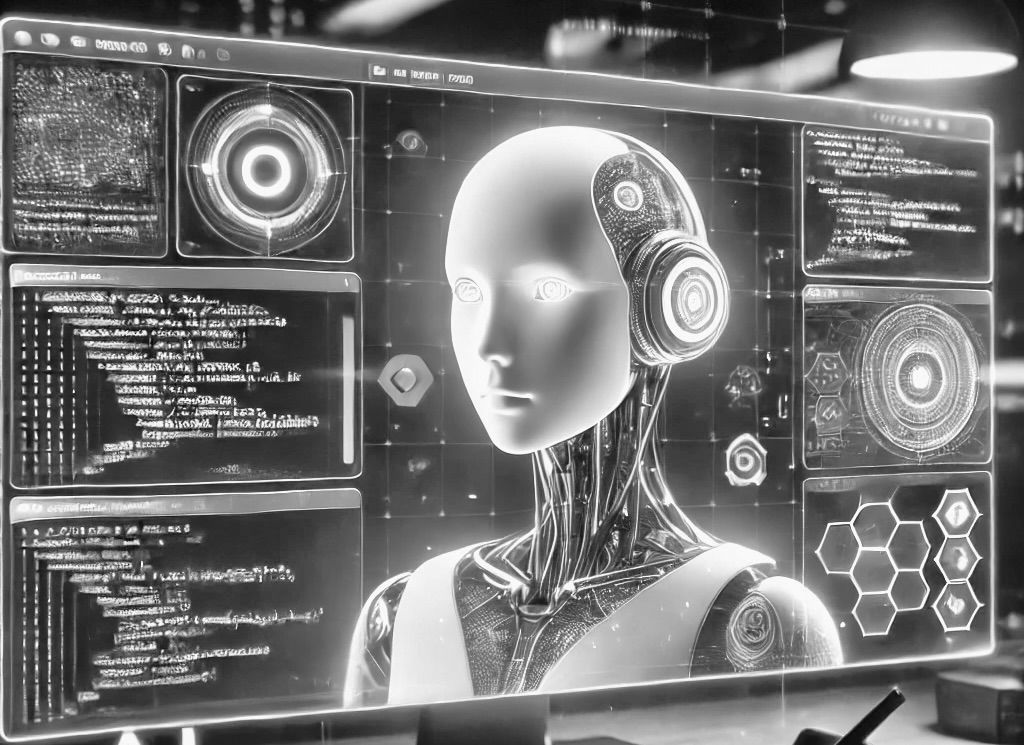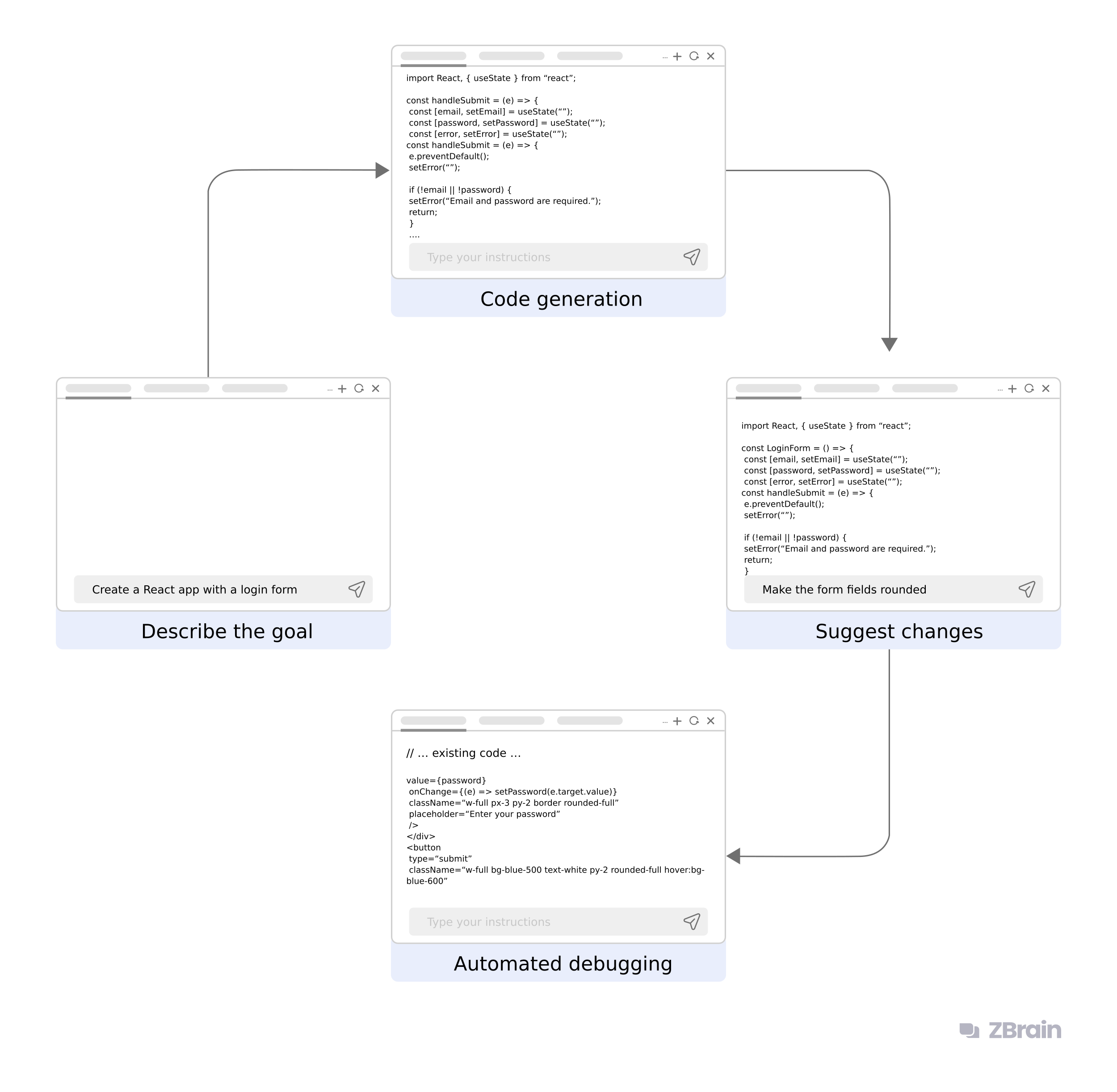
AI-assisted coding has evolved significantly over the years. It started with simple autocomplete features in IDEs, helping developers speed up repetitive typing. Then came code assistants like ChatGPT and GitHub Copilot, which could generate entire functions and debug logic. Now, we've reached the era of Vibe Coding , where AI seamlessly integrates into the development workflow, acting as an intelligent collaborator rather than just a helper.
Vibe Coding refers to an AI-assisted development style where coding becomes more fluid, dynamic, and natural. Imagine a developer working on a web application—rather than manually searching for syntax and best practices, they type a high-level function description, and GitHub Copilot instantly suggests a well-structured implementation. With a quick review and tweak, the developer seamlessly integrates the code, focusing more on problem-solving than syntax. Instead of following rigid processes, developers engage in a more intuitive workflow, using AI to:
In essence, Vibe Coding shifts the developer’s role from a pure coder to a problem-solver, reducing cognitive load and maximizing creativity.
 i1. How does vibe coding work (zbrain)
i1. How does vibe coding work (zbrain)
Vibe Coding follows a structured process where developers collaborate with AI to build software efficiently. Here’s how it works step by step:
The developer starts with an empty project in an AI-enabled IDE like Cursor or VS Code with GitHub Copilot. Instead of manually writing boilerplate code, they describe their goal in natural language.
Example: “Create a React app with a login form and a dark mode toggle.”
The AI model interprets the request and generates an initial implementation. It provides code snippets, project structures, or full components based on the developer’s input.
The developer iterates on the AI-generated code by asking for adjustments.
Example: “Make the form fields rounded and add a transition effect.”
The AI refines the output accordingly, improving efficiency and reducing manual edits.
In some setups, AI can automatically run tests, lint code, and even debug errors. Some developers, like Andrej Karpathy , simply feed error messages back to the AI without additional comments, allowing it to diagnose and fix the issue autonomously.
Once satisfied, the developer finalizes the code, integrates it into the project, and deploys it. The AI ensures best practices and optimizations before the final release.
Vibe Coding works by integrating AI into the coding process, allowing developers to interact with their code in a more intuitive and natural way.
GitHub Copilot, powered by OpenAI, acts as an AI pair programmer that suggests code completions, entire functions, and even test cases. It integrates deeply with IDEs like VS Code, making it feel like an extension of the developer’s thought process.
Meanwhile, Claude 3.7 , developed by Anthropic, brings deep reasoning and natural language understanding to the table, helping developers with architectural suggestions and complex problem-solving. For example, a developer working on optimizing a database query might ask Claude 3.7 for improvements, and the AI could suggest indexing strategies or more efficient query structures. Similarly, when refactoring legacy code, Claude 3.7 can analyze the existing logic and recommend modular patterns for better maintainability.
Together, GitHub Copilot serves as the coding framework, leveraging Claude 3.7's latest model to make Vibe Coding work seamlessly by integrating AI-powered code suggestions, real-time debugging, and contextual insights directly into the development environment. Copilot interprets developer intent, while Claude 3.7 enhances architectural decisions, ensuring a more fluid and intelligent coding experience.
As exciting as Vibe Coding is, developers should also consider some potential challenges that come with this new workflow:
As AI models become more advanced, Vibe Coding will likely become the standard development paradigm. Future improvements might include:
Vibe Coding represents the next step in the evolution of software development. With AI copilots like GitHub Copilot and Claude 3.7, developers can now focus on solving problems rather than just writing code. While challenges exist, the benefits far outweigh the drawbacks, making AI-assisted coding an essential skill for modern developers.
Are you ready to embrace the Vibe Coding revolution? Try out AI-powered coding tools like GitHub Copilot or Claude 3.7, experiment with Vibe Coding in your projects, and share your experiences with the developer community! Let’s code the future together.
Published on 3/23/2025